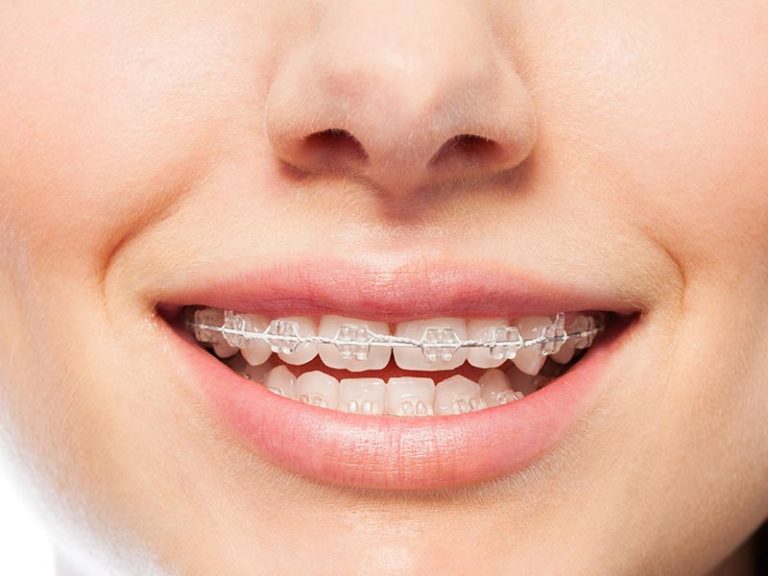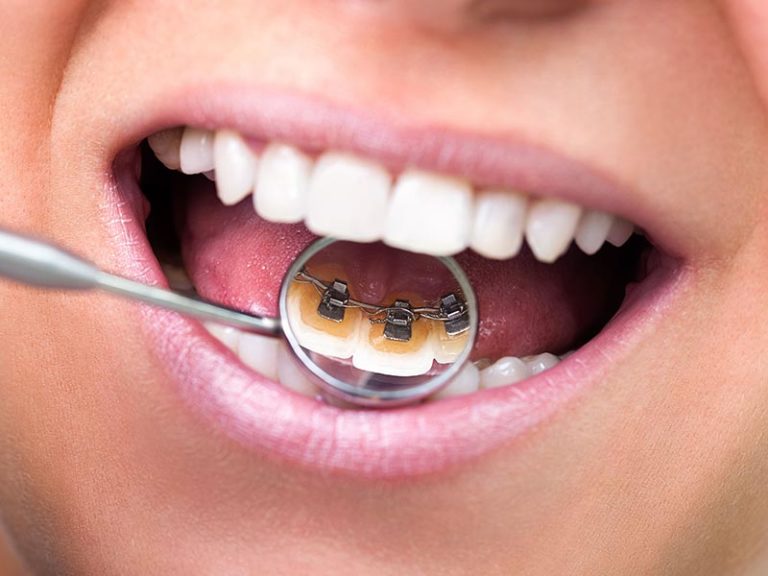General Orthodontic questions
Orthodontics is a specialist area of dentistry. So, in addition to straightening your teeth, they can also monitor and manage the development of the teeth and jaw bones.
Orthodontic treatment is best performed by an orthodontist.
No. You can contact an orthodontist directly for an appointment without a referral.
Yes. A dentist can provide orthodontic treatment. However, they are not specialists in orthodontic treatment. A dentist is obliged to inform you of this.
Orthodontists are dental specialists who have undertaken 3 years of additional training. In short, only orthodontists can provide the ideal treatment for you or your family.
5 Year full time University Dental training in all areas of general dentistry in addition to basic orthodontic training?
- Orthodontist – YES
- Dentist – YES
3 years full time University training focused on orthodontics and facial aesthetics?
- Orthodontist – YES
- Dentist – No
- Orthodontist – YES
- Dentist – No
Undertakes mandatory ongoing training in orthodontics and technology?
- Orthodontist – YES
- Dentist – No
Everyone’s treatment plan is different and, as a result, treatment time depends on the original problem. Therefore, your orthodontic treatment can take between six months and two years.
There are many benefits of having straight teeth. Such as, a beautiful smile that can enhance self-confidence and self-image, which is important at any age.
Properly aligned teeth and jaws can facilitate proper jaw function and, as a result, contribute to healthier teeth and gums. Crooked teeth and jaws can interfere with jaw function and speech therefore, lack of treatment can lead to long-term dental problems and as a result, potentially causing both tooth wear and gum damage.
Orthodontic treatment can fix these problems. Therefore, putting in place the foundation for long-term dental health for you or your child.
Read more on the benefits of straight teeth at American Association of Orthodontists https://mylifemysmile.org/ . It’s a great source of information.
What are braces? Can I straighten my teeth without braces?
There are a number of ways to straighten teeth – with or without braces!
Today, there are two major methods to straighten teeth. Such as, Invisalign (or a similar product) and braces for example.
- Invisalign
- Traditional Metal Braces
- Invisible (Lingual) Braces
Want to know more?
Click on the type of Braces you're interested in to find out more

Traditional braces
This is what most people have in mind when they think about braces. But there’s more than one style available. Clear or tooth-coloured brackets make the braces much less noticeable. Or you can opt for maximum visibility and choose from a wide colour palette to express your true personality.

Invisalign
The gold standard in invisible alignment treatment. The Invisalign system consists of a graduated series of clear plastic aligners that can be removed when you eat or for special occasions. You need to wear them for at least 22 hours a day to be effective, but if you want a beautiful smile without a hint of braces, Invisalign is for you.

Invisible Braces
Also called Lingual Braces. These work just like traditional braces worn on the front of the teeth, only they’re worn on the inside of your teeth , making them almost completely invisible. Only your close friends and family will know you’re having your smile adjusted.